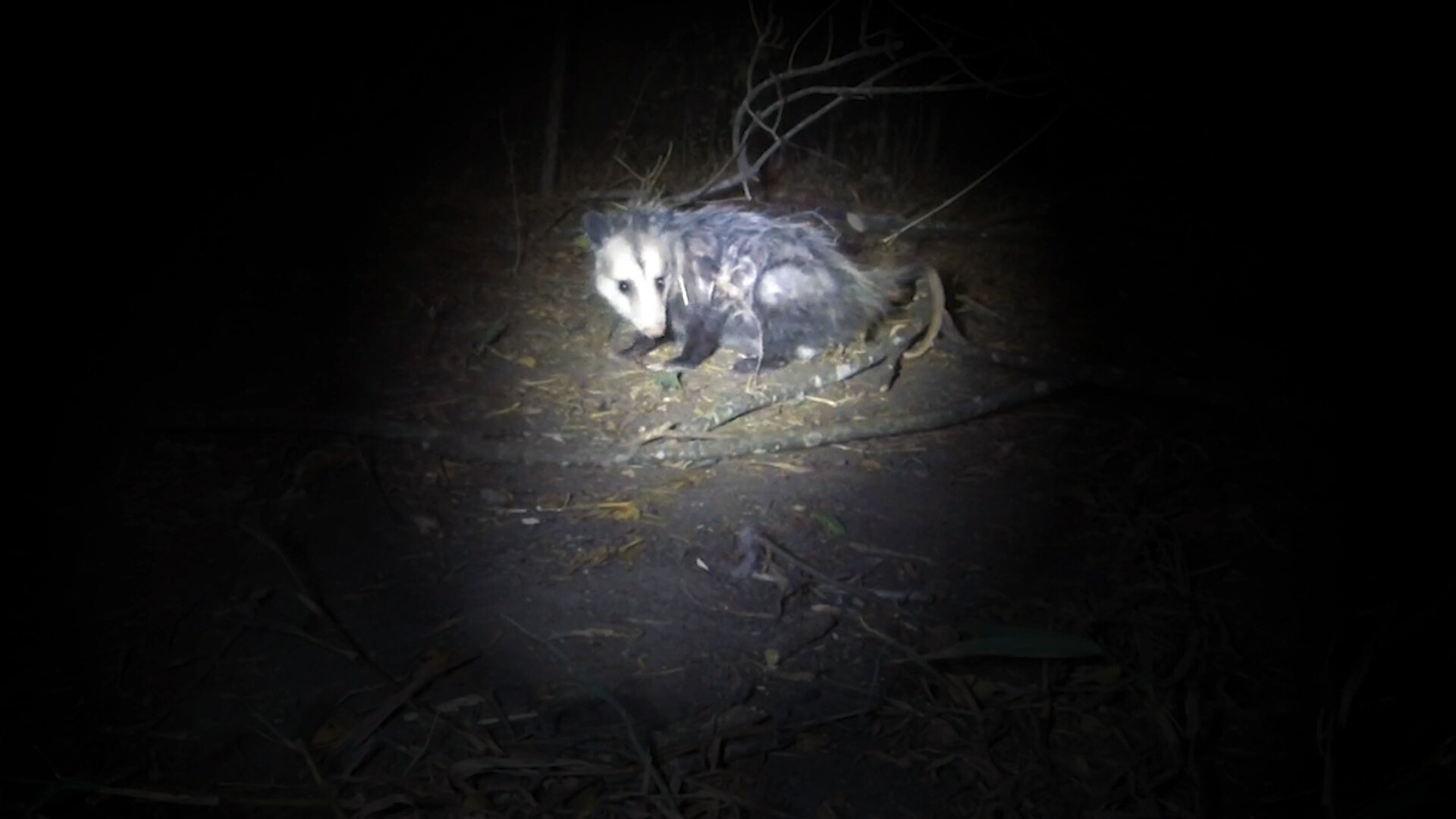An Interview with Liz Rodda
Liz Rodda is an Austin, Texas-based artist. Working in video, sound, sculpture, and painting, she builds psychological tension and absurdity and creates visual states of disassociation. As a part of the staycation iv: (un)promised potential Close Encounter series, Rodda responded to a selection of questions written by Rachel Beaudoin, Johnna Henry, and Samantha Kalson in which she offers insight into her artistic practice, goals, artists who inspire her, and her experiences throughout the COVID-19 pandemic. MASS Gallery's staycation iv: (un)promised potential is on view until March 14, 2021.
How do you feel that your practices interrelate? For example, do you see connections between your video work and your paintings?
Great question. Rather than establishing a signature style, I’m tapping into a distinct sensibility and approach. Regardless of medium, I begin without an agenda and work until a new and absurd logic emerges- one that I can’t know until it exists. My work has always been about creating juxtapositions. Working in different media furthers this trajectory. The sensibilities that I bring to my work include a preoccupation with (seemingly) conflicting ideas and the body as a source of pleasure, humiliation, and comedy.
For the last fifteen years my work has primarily been exhibited in the form of video and sculpture. I’ve been drawing and painting on and off for some years, but I had only shown this work to a few friends until recently. The fact that I’m painting has come as a surprise to some and I like that. Perhaps it is unusual to move against the current of technological advancement by incorporating painting, a form that has been declared dead too many times to count. I like the complexity that comes with age and history.
Untitled, 2020, acrylic on paper, 20 x 26 inches.
How do your goals differ for each of your practices?
I think of video editing in relationship to crafting jokes— delivery, timing, and surprise are key. Getting these elements to work together is critical. With video there are many moving parts between image, sound, rhythm, and presentation (screen, projection, installation). In comparison, the experience of viewing a painting feels immediate; I love the directness of a single image. My paintings are rooted in drawing and refer to energy and physicality through rapid mark making and layering. I intuitively build shapes that refer to the body. The goal is to achieve a formal humor and line quality that are both frenetic and precise, layered and immediate, silly and serious. I find that pitting disparate ideas and sensibilities against one another often reveals how closely they are connected.
Before I started drawing/painting, I underestimated the weight of color. About five years ago I made a two-channel video that features a voluptuous yellow butt (leggings) front and center in the frame. I intended for this image to reference the sun and light, in the sense of the enlightenment, which is alluded to in the second video channel. Looking back, I see how significant color is to this work— it is content itself. But, back to butts- these show up in my paintings as well. I like butts as a subject because they are silly, gross, fetishized, embarrassing, awkward, and essential. Having a body is a tragicomedy. The lucky ones among us experience bodies that slowly fall apart.
The Real Thing, 2020, video stills.
How does the archive inform your practice? How do you find your sources, and what is your thought process behind pairing found materials?
The archive plays a significant role in my video practice which often involves investing found video/sound with meanings unintended by the original maker. Over the years I’ve developed an extensive archive of video and sound clips that I’ve found online. Even though I start these searches without a specific agenda, I seek the rare clips that evoke the mundane and the absurd, embody a straightforward aesthetic, and are (seemingly) made for purposes other than an art audience. It’s a tall order. The same is true of the video that I record; I treat it as found footage and add it to the archive. From here, I intuitively pair, manipulate, and reframe clips to enable new interpretations. Beyond this, I think of YouTube as an archive in and of itself containing everything from dumb to transcendent. Ultimately my interest lies in the complicated nature of remaking images and the instability of their meaning when placed in new contexts. In Recycled Images William Wees writes, “Whatever the filmmaker may do to them – including nothing more than reproduce them exactly as he or she found them – recycled images call attention to themselves as images.” In essence, reusing footage evokes the motives of the original maker as well as that of the new one.
Who are some of the artists you draw inspiration from?
I don’t know that it gets any better than the late George Kuchar. I brought him out as a visiting artist when I was teaching at the University of Oklahoma. I intercepted one of his annual pilgrimages to an inexpensive motel in El Reno, OK, where he made no budget movies during extreme weather. He was delighted to experience a tornado shortly after arriving in OK. When I reached out to check on him, he said he was just fine and hiding under the motel bed. I’m also fascinated by the work of Lee Lozano. Her drawings are bold, provocative, and revel in perversity. I think often of her boycotting and dropout works. They bring up so many conflicting ideas and feelings.
Has your practice changed at all as a result of the COVID-19 pandemic?
This will take the clarity of hindsight. This has been a productive year for me in the studio, but our sense of time is warped. It’s hard to remember where my head was in terms of artmaking a year ago. Just prior to covid I presented a solo exhibition, HOT ZEN ISLAND, at the Museum of Human Achievement. It feels like that show simultaneously just happened and was a lifetime ago.
HOT ZEN ISLAND, 2020, solo exhibition at the Museum of Human Achievement.
What is the most important lessons you have learned this year (relating to your art practice or life more generally)?
I spent most of 2020 (and 2021) alone. I reread Camus’ The Plague for perspective, established a garden full of native trees, cacti, shrubs, flowers, and vines, ran in every weather condition, taught online, and spent many hours in the studio. This feels like the first time in my life that I’ve been semi-rewarded for being an introvert. Strangely enough, I’m answering these questions with the remaining battery on my laptop as I’ve been without power the last few days—the result of the coldest freeze in TX in a century. If I’ve learned anything, it’s that I’m steely. I spent years fighting for my vitality after a serious car accident at age 15. The work I put in has paid off. This quality of resiliency is shared by my incredible colleagues, students, and loved ones. More than anything, I can’t wait to reunite with my parents, my favorite people on earth, Hollywood Steve and Babette.






